Workplaces aren’t immune to tension. Whether it’s clashing personalities, misinterpreted messages, or competing priorities, conflict is bound to surface in even the most harmonious of teams. But here's the twist: not all conflict is bad. In fact, handled correctly, it can spark innovation, build stronger relationships, and bring hidden issues into the light. The key lies in how we respond to it. For HR professionals, the challenge is not simply about resolving disagreements, but transforming them into opportunities for growth. That’s where the concept of conflict transformation comes in.
Conflict transformation shifts the focus from settling disputes to reshaping relationships. Rather than putting a temporary bandage on a workplace disagreement, HR leaders are now expected to dig deeper, understand the underlying dynamics, and create an environment where collaboration thrives, even in the face of friction.
What Is Conflict Transformation in the Workplace?
Unlike conflict resolution, which aims to solve a problem and move on, conflict transformation is a more holistic approach. It goes beyond surface-level fixes and addresses the root causes of the issue. It’s about shifting perspectives, restoring trust, and using conflict as a tool for meaningful change.
In practical terms, conflict transformation in the workplace means redesigning systems, behaviors, and conversations to reduce future friction. It’s about teaching teams how to disagree respectfully, helping leaders recognize emotional undercurrents, and ensuring the organization doesn’t normalize avoidance. And HR? HR sits right in the center of this evolution.
Why Do Workplace Conflicts Happen?
Every conflict is a symptom of something deeper. While flare-ups often appear sudden, they usually emerge from a simmering stew of unmet expectations, misaligned values, and communication breakdowns. Some of the most common causes include:
- Clashing communication styles: One person prefers direct feedback; another perceives it as harsh. Misunderstandings multiply.
- Unclear roles and boundaries: When responsibilities blur, accountability suffers, and frustration brews.
- Cultural and generational differences: Diverse teams bring rich perspectives but also differing norms and assumptions.
- Power dynamics: Hierarchies can stifle open dialogue, especially when junior employees feel unheard or overruled.
- Lack of psychological safety: When people don’t feel safe speaking up, resentment festers under the surface.
HR professionals must develop a radar for these subtle signals. Early detection and proactive intervention are the foundation of conflict transformation.
The Real Cost of Letting Conflict Linger
It might seem easier to sweep minor disagreements under the rug. But the longer conflict simmers, the greater the damage. Unresolved tensions slowly erode trust, kill morale, and disrupt productivity. And unlike technical glitches, human friction doesn’t self-correct.
From an organizational perspective, the costs are steep:
- Employee disengagement: Team members mentally check out when they feel unheard or unsupported.
- Higher turnover: Toxic dynamics push valuable talent out the door.
- Project delays: Misalignment between colleagues stalls collaboration and decision-making.
- Reputation risks: Word spreads quickly in the age of LinkedIn and Glassdoor.
These are not abstract consequences. They show up in performance metrics, exit interviews, and employee engagement surveys. By stepping in early, HR can prevent a small crack from becoming a structural fault line.
How HR Leads the Shift from Friction to Flow
HR’s role in conflict has historically been reactive. A complaint lands in their inbox, and the mission is damage control. But today’s HR leaders are being called to operate with more foresight and influence.
Rather than waiting for problems to escalate, HR can:
- Initiate cultural pulse checks through engagement surveys, stay interviews, and informal feedback loops
- Equip managers with conflict literacy, helping them decode body language, emotional cues, and subtext
- Create early warning systems using tech tools that analyze collaboration patterns, absenteeism trends, or drop-offs in peer feedback
- Model neutral leadership that avoids favoritism and builds organizational trust
These shifts require HR to move from being enforcers of policy to facilitators of healthy dialogue. The more comfortable HR becomes with uncomfortable conversations, the more resilient the organization becomes.
How to Turn Conflict Into Collaboration: Practical HR Strategies
The transformation process doesn’t rely on grand gestures. Often, it’s a series of small shifts that rewire how people interact and resolve tensions. Here are some foundational strategies that HR can implement:
1. Reframe the Narrative Around Conflict
Don’t treat conflict like a crisis. Normalize it as a sign of engagement, not dysfunction. When team members debate, it shows they care. HR can lead internal campaigns or workshops that teach employees to view disagreement as healthy friction rather than something to avoid.
2. Create Safe, Neutral Dialogue Spaces
Whether it’s a designated mediation room, a private channel in your team collaboration tool, or facilitated peer coaching sessions, employees need a space where they can speak openly. HR should ensure these conversations are guided by trained facilitators, not left to fizzle in awkward silence.
3. Embed Emotional Intelligence Into Training Programs
EQ is no longer optional. Teams that know how to regulate their emotions, listen with empathy, and speak with clarity are far more likely to collaborate effectively. HR can integrate emotional intelligence modules into onboarding, leadership development, and even performance review processes.
4. Use Real-Time Feedback Tools for Transparency
Traditional performance reviews are often too slow to catch brewing tensions. Platforms that allow continuous, 360-degree feedback create visibility into interpersonal dynamics before they escalate. HR can analyze this data to coach managers and adjust team pairings if needed.
5. Reward Collaborative Behavior, Not Just Results
If KPIs focus only on output, people will sidestep collaboration in pursuit of personal wins. HR should advocate for recognition systems that spotlight teamwork, emotional labor, and conflict resolution. These are the invisible skills that hold culture together.
Tools and Frameworks to Help HR Take Charge
To operationalise conflict transformation, HR needs tools that go beyond the suggestion box. Some powerful options include:
- Mediation playbooks: Documented approaches that help managers and HR respond consistently to tension
- Collaboration dashboards: Tools that visualize how teams interact, highlighting both synergy and bottlenecks
- AI-based sentiment trackers: Software that scans internal communication to detect shifts in tone and engagement
- Anonymous peer feedback systems: Let employees share concerns without fear of retaliation
By implementing these frameworks, HR ensures that conflict transformation isn’t a one-off initiative. It becomes embedded in the organization’s operating system.
Building a Culture Where Collaboration Becomes the Default
A conflict-ready culture doesn’t mean an absence of disagreement. It means people know how to navigate tension without harming trust. HR can help build that environment by establishing rituals and reinforcing values that support open dialogue.
Here are some ways to build collaboration into the culture:
- Celebrate team learning moments after a conflict is resolved
- Hold reflective sessions where teams discuss what worked, what didn’t, and what they’d do differently
- Encourage leaders to model vulnerability by owning their role in miscommunication
- Prioritize psychological safety as a core component in leadership KPIs
Culture isn’t just shaped by slogans or policies. It evolves through behavior, language, and repeated action. HR plays a pivotal role in making sure those behaviors align with the values of respectful collaboration.
A Real-World Example of Conflict Transformed
Let’s look at a midsized tech company that struggled with constant friction between its sales and product teams. Each side blamed the other for missed timelines and unclear expectations. Morale dropped. Customer satisfaction suffered.
Instead of assigning blame, HR introduced a cross-functional collaboration framework. They held structured conflict mapping sessions, created shared OKRs, and installed a real-time feedback loop using a lightweight internal survey tool.
Six months in, not only had the tension subsided, but both teams reported feeling more heard, respected, and aligned. Product launches improved. Turnover dipped. It wasn’t magic. It was methodical, intentional conflict transformation, powered by HR.
Conclusion: Why HR Must Champion Conflict Transformation
Conflict isn’t the villain in your story. Avoidance is. When handled strategically, conflict can become the fuel that drives innovation, empathy, and resilience. But none of that happens by accident.
HR must take the lead in transforming conflict from something to fear into something to learn from. That means shifting mindsets, equipping teams, and designing systems that make collaboration the default response to disagreement.
So the next time tension rises, ask yourself: What would happen if we didn’t just resolve this, but used it to build something stronger?
If you're ready to move from reactive to transformative, explore peopleHum's conflict resolution tools and collaboration frameworks. Let HR become the spark that turns friction into flow.
FAQs
1. What is conflict transformation in HR?
Conflict transformation in HR refers to the strategic process of not just resolving conflicts but reshaping the workplace relationships and systems that allow conflict to arise. It involves addressing the root causes of tension, building communication skills, and fostering a culture that encourages open dialogue and mutual respect.
2. How is conflict transformation different from conflict resolution?
While conflict resolution focuses on settling a specific issue, conflict transformation goes deeper. It seeks to change the dynamics and structures that contribute to ongoing friction, making future conflicts less likely and more constructive when they do happen.
3. Why is HR the best function to lead conflict transformation?
HR is uniquely positioned to lead conflict transformation because it oversees culture, communication policies, training programs, and leadership development. HR also acts as a neutral party, giving them the trust and authority to mediate and rebuild broken workplace relationships.
4. What are some early warning signs of workplace conflict?
Some red flags include increased absenteeism, sudden drops in productivity, passive-aggressive communication, avoidance between team members, and a decline in engagement or feedback participation. HR should use pulse surveys, feedback tools, and manager check-ins to detect these signs early.
5. How can HR use technology to support conflict transformation?
HR can leverage sentiment analysis tools, 360-degree feedback platforms, and collaboration dashboards to monitor team dynamics in real time. AI-powered insights can help identify brewing conflicts before they escalate, enabling proactive intervention.
6. Can conflict ever be beneficial in the workplace?
Yes, when managed properly, conflict can lead to stronger ideas, deeper empathy, and better problem-solving. It challenges assumptions and can be a driving force for innovation if the organization knows how to navigate it effectively.





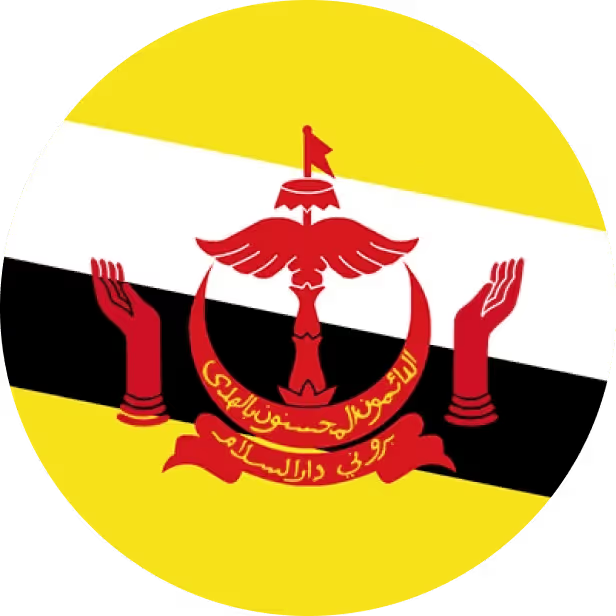





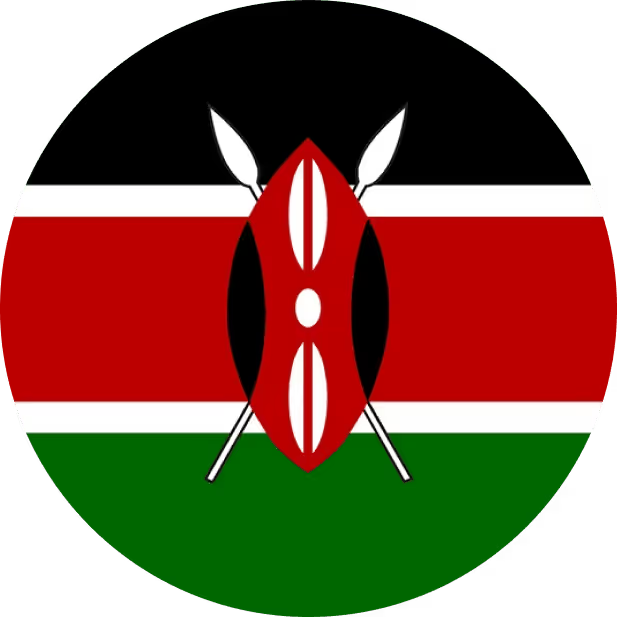

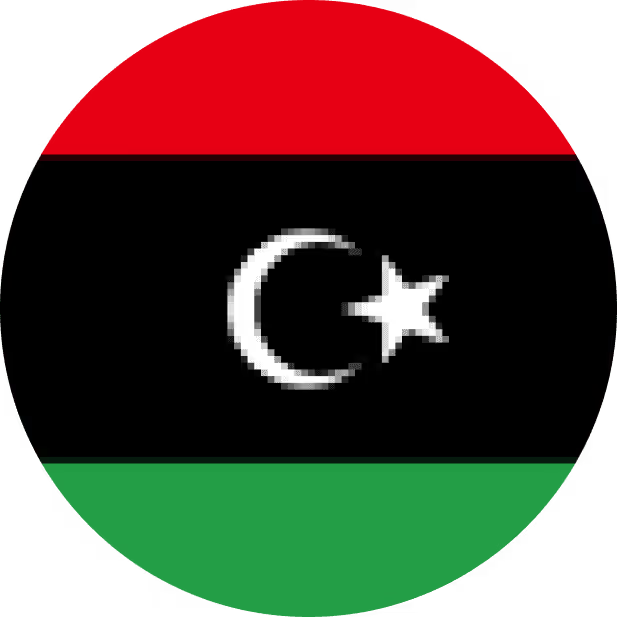


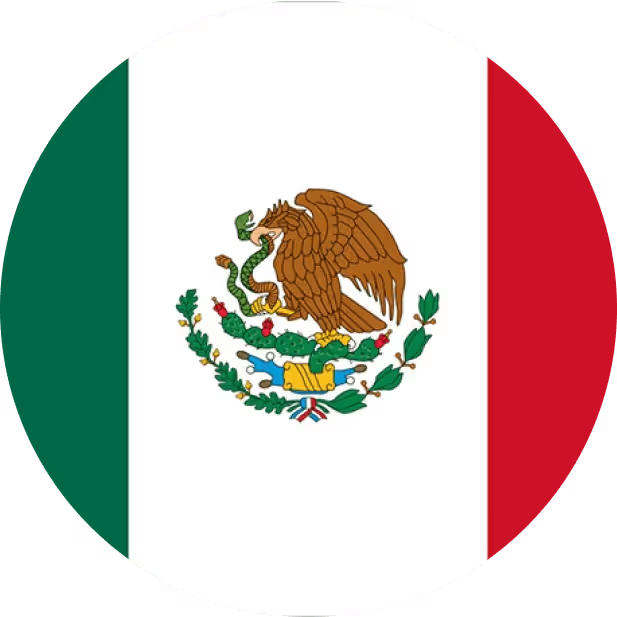














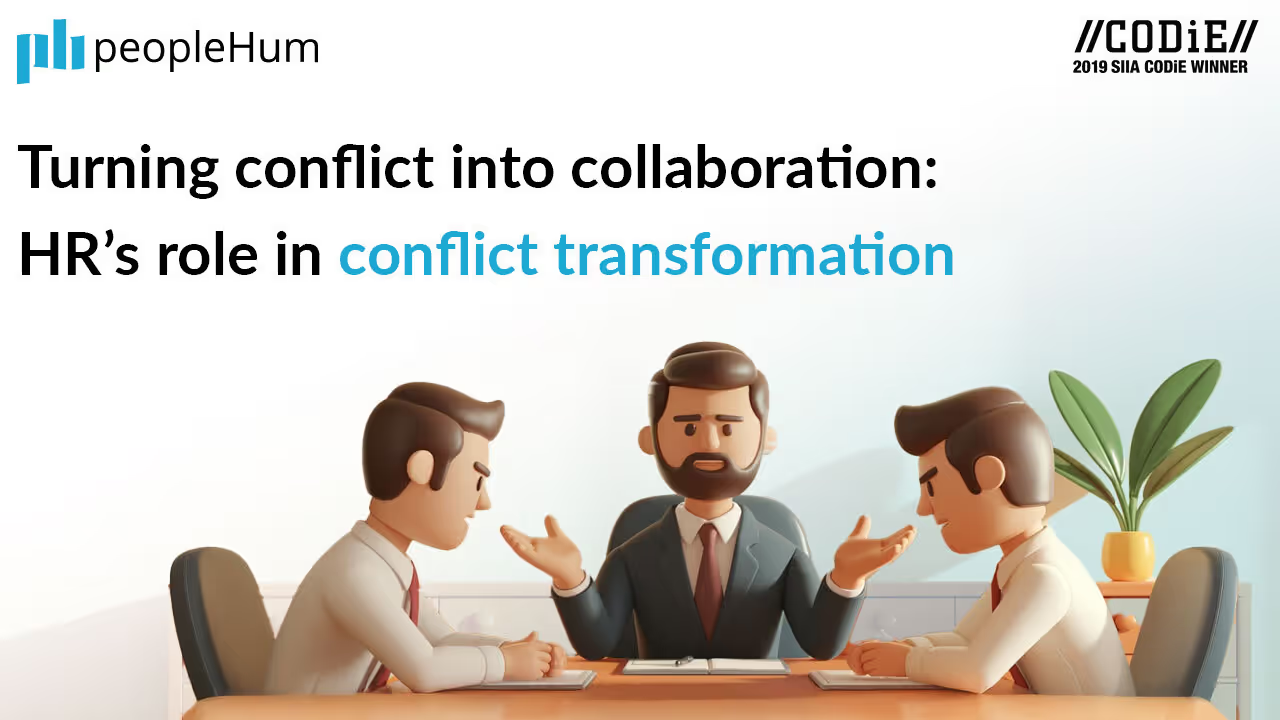



.png)
.avif)












